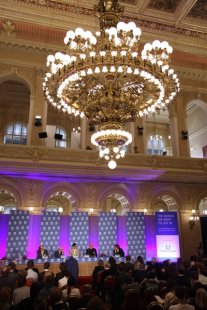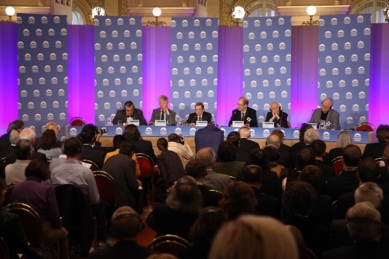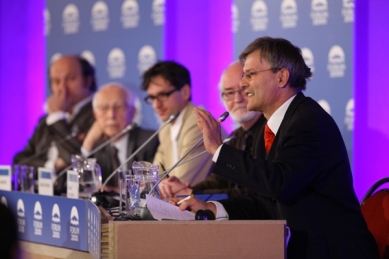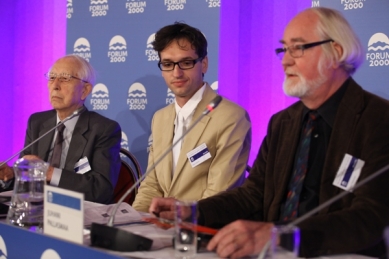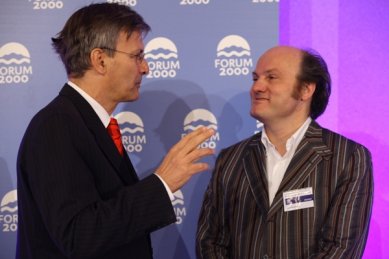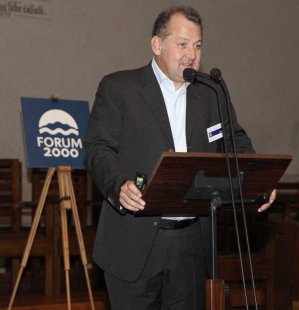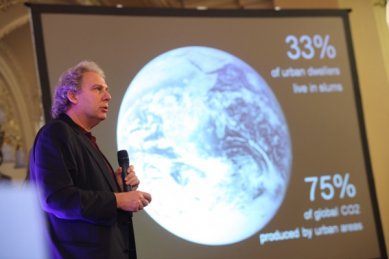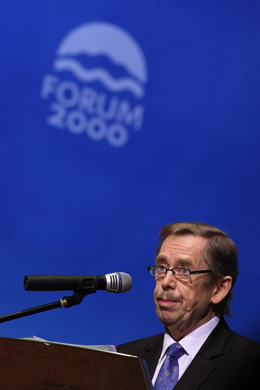 |
On October 8 – 9, a conference Inventory of Urbanism 2010 took place at the Faculty of Architecture at the CTU, which was held parallel to the annual international conference Forum 2000 with this year’s motto “The World We Want to Live In”. The faculty conference thus indirectly followed the “urban” discussion panel of the Forum What are the limits of urbanization, which shaped one of the focal points of the debate among global personalities about the impacts of globalization trends on contemporary urban culture.
(The editorial team will look back at the project Inventory of Urbanism separately.)



